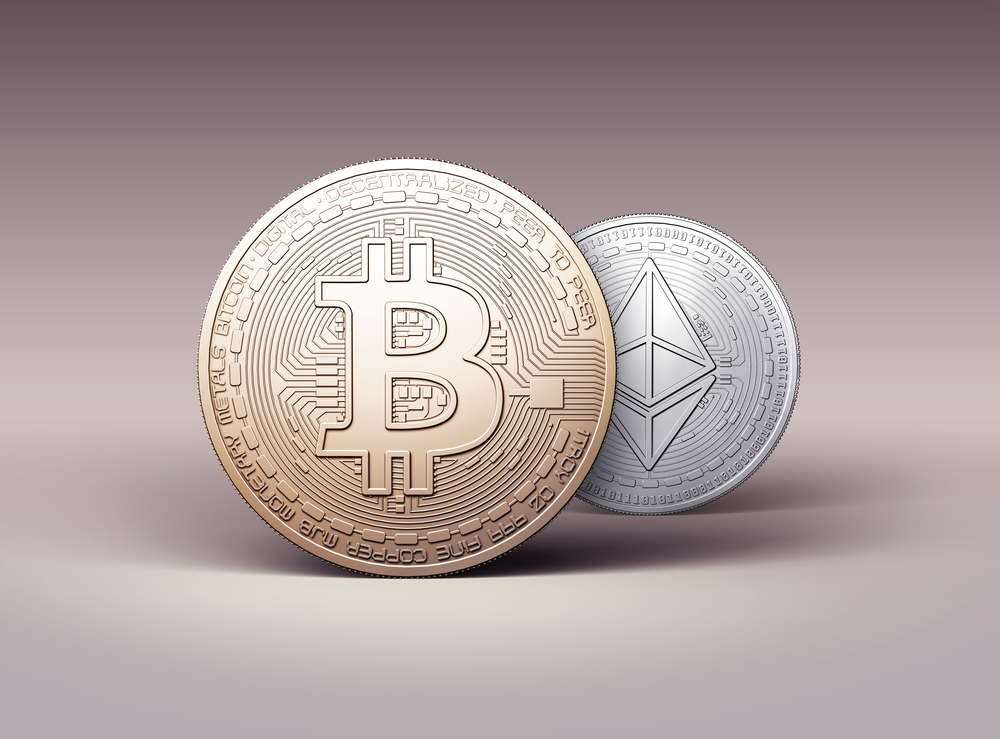What should we do about Bitcoin Cash?
That’s the question facing industry startups, as it seems likely that a group of developers and miners might actually fork from the main bitcoin network next week, forming a brand new cryptocurrency.
Due to differences in opinion about how bitcoin should be governed and what technical features should be added to the cryptocurrency network, the idea of a split has been raised several times over the last few years. But this time, the developers behind Bitcoin Cash claim they plan to go through with it – and on a short timeline.
The cryptocurrency is breaking off from the “main” bitcoin blockchain on August 1, with the specific goal of creating a competing cryptocurrency. Everyone who owns bitcoin will have an equal amount of Bitcoin Cash – if and when users and miners split off.
While users are wondering how it will affect them (i.e. how to access Bitcoin Cash and whether they should buy, sell, or “hodl” this new type of bitcoin) the ecosystem’s third-party companies are grappling with this question as well – especially those that retain custody of funds in some capacity.
Unsure if the new cryptocurrency will rally users – or if it will just fade away – wallet providers, exchanges and mining pools are all issuing statements about how they will deal with the split and how users can respond.
But for most, it’s more than a question of politics.
For the CEO of the bitcoin app Coins.ph, Ron Hose, the bitcoin scaling debate has been an economic drain, not only in the mental effort he’s put into wrapping his head around the changes, but also in the actions he might need to take to now secure potentially vulnerable customers funds.
Hose told CoinDesk:
“The biggest cost is time and distraction from executing on what we see as core to our mission of providing financial services to the unbanked.”
Still, he called the features that Bitcoin Cash offers (not necessarily the project itself) “necessary for bitcoin to continue to evolve as a financial railway,” adding that a block size increase could become a “welcome improvement” despite the short-term headaches.
Tech bottleneck
Often companies pick and choose which cryptocurrencies they support, usually based on how profitable they think it will be for them.
One key takeaway from recently released statements by startups – such as Hong Kong-based exchange ANXPro and mobile wallets Electrum and GreenAddress – though, is that they simply don’t have the time or technical resources to support a new cryptocurrency.
Bitstamp, one of the world’s largest bitcoin exchanges, stated in vaguer terms that it will “not be in a position” to support the “altcoin,” while Circle emailed customers to state “we may never support the new version and any value on it could potentially be lost to you.”
It might be hard to fault the companies that simply don’t have the money to commit to making Bitcoin Cash easily redeemable for users.
Still, some see this as a form of fraud, arguing that, since third-party companies that control users’ private keys will end up with all the Bitcoin Cash, they’re effectively stealing the coins from bitcoin users.
Prepaid phone startup Bitrefill has developed a creative way of dealing with this problem. Like other small firms with limited resources, it does not plan to support the competing cryptocurrency. Instead, it plans to sell all of the Bitcoin Cash it accumulates in exchange for bitcoin – later dividing these funds between users, proportional to the amount of bitcoin each holds with the company.
Some startups are uncertain of the best path, though.
Cryptocurrency exchange ShapeShift plans to “turn off trading” on August 1 for an unspecified amount of time, but didn’t say whether the firm will list Bitcoin Cash.
Meanwhile, in what seems to be a minority opinion, bitcoin payments provider BitPay said it believes “there should be no chain split and no disruption in service on the bitcoin network.”
As such, it does not plan to suspend its services.
Bitcoin Cash support
It’s worth noting that Bitcoin Cash has its supporters.
Some want to try out the bitcoin alternative because they support its vision for scaling bitcoin to more users by way of a block size parameter increase, while others anticipate gains in selling their free new coins.
(Others note that developers, by way of Segregated Witness, have made the block size irrelevant through technical breakthroughs that enable other forms of capacity increases.)
Either way, if users want to receive Bitcoin Cash on August 1, they need to move their bitcoin to a wallet where they control their private keys – or, at least, to a wallet that will support Bitcoin Cash.
Some wallets do indeed support Bitcoin Cash. Among these are hardware wallets Trezor and Ledger and mobile wallet Airbitz.
Users will also be able to trade the new coin for bitcoin or other cryptocurrencies on one of the few exchanges that will support it.
Mining pool ViaBTC has already launched futures trading for the tokens, which at time of writing is trading for 12.5 percent of what “normal” bitcoin are worth, at 2,203 Chinese yuan, or $327.
One of the largest cryptocurrency exchanges, Bitfinex, will list it under the ticker symbol BCH to “avoid confusion with bitcoin” (it has also been given the symbol BCC elsewhere). Chinese exchange Huobi indicated it will reveal more details about trading come August 1.
‘Stay rational’?
It doesn’t seem like many mining pools or miners support Bitcoin Cash so far, so one of the remaining questions is how diverse and decentralized its computing power – which works in part to add new transactions blocks to the blockchain – will be.
Slush Pool, the first-ever mining pool, said it won’t support it, arguing “we do not see any real demand from miners.” Mining pool Bixin, with about 5% of the hashrate, also stated that it will keep its hashrate dedicated to the main bitcoin chain and urged other miners to “stay rational.”
Mining pools Bitmain and Bitcoin.com both plan to uphold the Segwit2x agreement, including the block size parameter increase hard fork, scheduled to activate in three months. They are, though, open to supporting Bitcoin Cash in the future.
ViaBTC, one of the pioneers of the project, remains the only mining pool committed to the cause so far. Yet, it says it isn’t putting any of its own mining power toward the effort, instead giving users the option to direct their hardware toward Bitcoin Cash in support.
All these pieces of the ecosystem considered, the bigger question might be, what’s the future of Bitcoin Cash?
Although companies are deciding whether or not to make it easy for users to access and use the cryptocurrency, there’s still little evidence that more than a few companies, developers, users, and mining pools plan to actually move over to it and use it long-term.
Still, some users cite ethereum classic as an example of a cryptocurrency that exceeded expectations in the long run, due support from enthusiastic and ideologically driven supporters.
As usual, we will just have to wait and see.




















